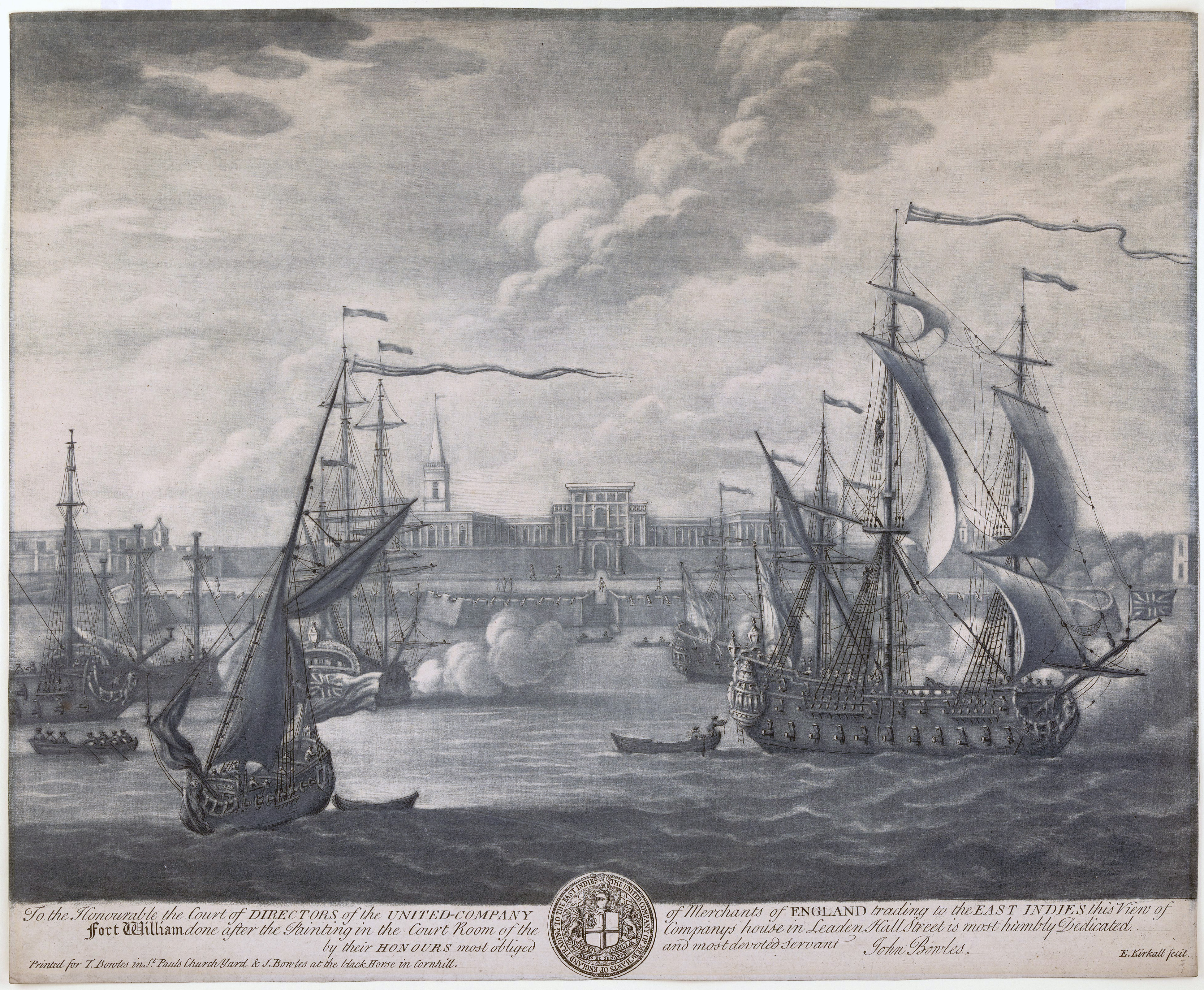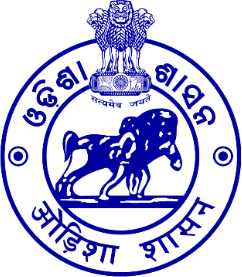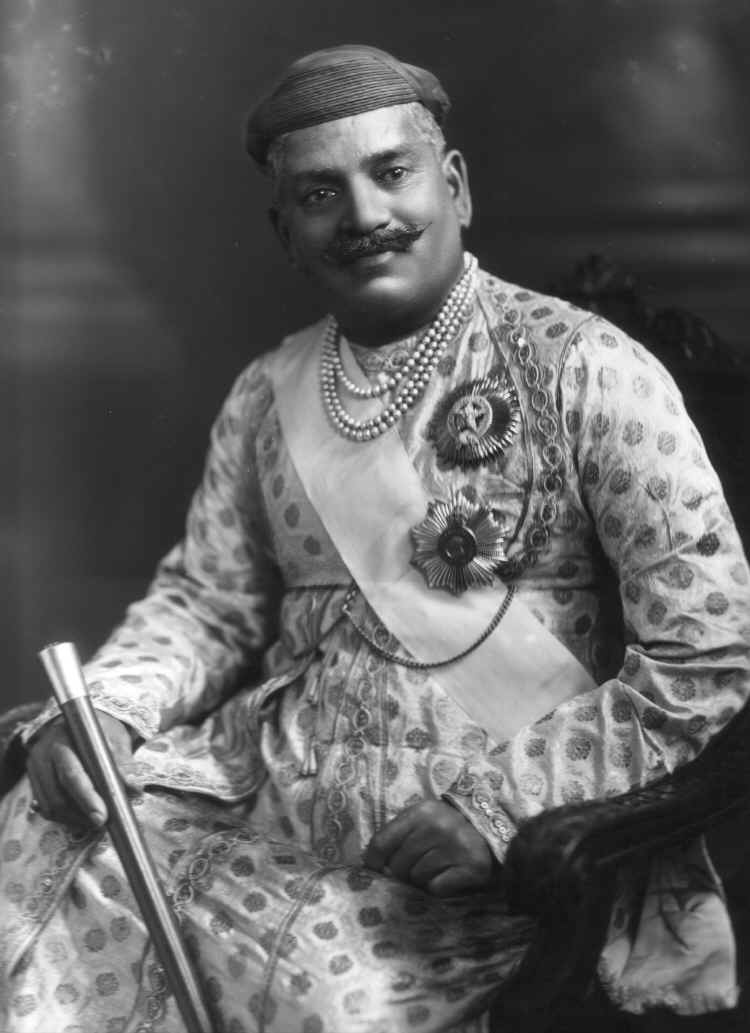|
Daspalla State
Daspalla State ( or, ଦଶପଲ୍ଲା was one of the princely states of India during the period of the British Raj. Its capital was Kunjabangarh, located in present-day Nayagarh district, Odisha. History The region of Daspalla used to be a part of Baudh State ruled by the kings of Bhanj dynasty. Around the late 1400s, roughly 1498 the Raja of Baudh made his brother Naren Bhanj the chieftain of the region. Eventually due to political intrigues, he seceded from the Baudh kingdom and laid the foundation of the Daspalla kingdom along with help from the neighbouring rulers of Khandpara State. The state acceded to India in 1948 following independence and the merged into the Nayagarh district of Odisha. Rulers The rulers of Daspalla of the Bhanj dynasty: *Naren Bhanja (1498 CE) *... *Chakradhar Deo Bhanja (1653–1701) *Padmanav Deo Bhanja (1701–1753) *Trilochan Deo Bhanja (1753–1775) *Makunda Bhank Deo Bhanja (1775–1795) *Guri Charan Deo Bhanja (1795–1805) *Krishna Ch ... [...More Info...] [...Related Items...] OR: [Wikipedia] [Google] [Baidu] |
British India
The provinces of India, earlier presidencies of British India and still earlier, presidency towns, were the administrative divisions of British governance on the Indian subcontinent. Collectively, they have been called British India. In one form or another, they existed between 1612 and 1947, conventionally divided into three historical periods: *Between 1612 and 1757 the East India Company set up factories (trading posts) in several locations, mostly in coastal India, with the consent of the Mughal emperors, Maratha Empire or local rulers. Its rivals were the merchant trading companies of Portugal, Denmark, the Netherlands, and France. By the mid-18th century, three ''presidency towns'': Madras, Bombay and Calcutta, had grown in size. *During the period of Company rule in India (1757–1858), the company gradually acquired sovereignty over large parts of India, now called "presidencies". However, it also increasingly came under British government oversight, in effect shar ... [...More Info...] [...Related Items...] OR: [Wikipedia] [Google] [Baidu] |
Baudh State
Baudh State, also known as Boudh State, was one of the princely states of India during the period of the British Raj. It was recognized as a state in 1874 and had its capital in Boudh town. Its last ruler signed the accession to the Indian Union on 1 January 1948. History According to traditions, after the fall of the Somavamshi dynasty to Eastern Gangas, local chieftains were installed in the region as feudatories. Upon time, a childless Brahmin chieftain adopted the nephew of the neighbouring Raja of Keonjhar who belonged to the Bhanj dynasty. This prince styled himself Ananga Deva and founded the state in the 14th century. See also *Eastern States Agency *Political integration of India After the Indian independence in 1947, the dominion of India was divided into two sets of territories, one under direct British rule, and the other under the suzerainty of the British Crown, with control over their internal affairs remaining i ... References Princely states of Od ... [...More Info...] [...Related Items...] OR: [Wikipedia] [Google] [Baidu] |
15th-century Establishments In India
The 15th century was the century which spans the Julian dates from 1 January 1401 ( MCDI) to 31 December 1500 ( MD). In Europe, the 15th century includes parts of the Late Middle Ages, the Early Renaissance, and the early modern period. Many technological, social and cultural developments of the 15th century can in retrospect be seen as heralding the " European miracle" of the following centuries. The architectural perspective, and the modern fields which are known today as banking and accounting were founded in Italy. The Hundred Years' War ended with a decisive French victory over the English in the Battle of Castillon. Financial troubles in England following the conflict resulted in the Wars of the Roses, a series of dynastic wars for the throne of England. The conflicts ended with the defeat of Richard III by Henry VII at the Battle of Bosworth Field, establishing the Tudor dynasty in the later part of the century. Constantinople, known as the capital of the world an ... [...More Info...] [...Related Items...] OR: [Wikipedia] [Google] [Baidu] |
History Of Odisha
Human history in Odisha begins in the Lower Paleolithic era, as Acheulian tools dating to the period have been discovered in various places in the region. The early history of Odisha can be traced back to the mentions found in ancient texts like the ''Mahabharata'', ''Maha Govinda Sutta'' and some ''Puranas''.The region was also known to other kingdoms in region of East Indies due to maritime trade relations. The year 1568 CE is considered a pivotal point in the region's history. In 1568 CE, the region was conquered by the armies of the Sultanate of Bengal led by the iconoclast general Kalapahad. The region lost its political identity. The following rulers of the region were more tributary lords than actual kings. After 1751, the Marathas gained control of the region. During the Maratha administration, literature and poetry flourished. In 1803, the region was passed onto the British Empire. The British divided the region into parts of other provinces. In 1936, the province ... [...More Info...] [...Related Items...] OR: [Wikipedia] [Google] [Baidu] |
Princely States Of Odisha
A prince is a male ruler (ranked below a king, grand prince, and grand duke) or a male member of a monarch's or former monarch's family. ''Prince'' is also a title of nobility (often highest), often hereditary, in some European states. The female equivalent is a princess. The English word derives, via the French word ''prince'', from the Latin noun , from (first) and (head), meaning "the first, foremost, the chief, most distinguished, noble ruler, prince". Historical background The Latin word (older Latin *prīsmo-kaps, literally "the one who takes the first lace/position), became the usual title of the informal leader of the Roman senate some centuries before the transition to empire, the ''princeps senatus''. Emperor Augustus established the formal position of monarch on the basis of principate, not dominion. He also tasked his grandsons as summer rulers of the city when most of the government were on holiday in the country or attending religious rituals, and, for ... [...More Info...] [...Related Items...] OR: [Wikipedia] [Google] [Baidu] |
Political Integration Of India
After the Indian independence in 1947, the dominion of India was divided into two sets of territories, one under direct British rule, and the other under the suzerainty of the British Crown, with control over their internal affairs remaining in the hands of their hereditary rulers. The latter included 562 princely states, having different types of revenue sharing arrangements with the British, often depending on their size, population and local conditions. In addition, there were several colonial enclaves controlled by France and Portugal. The political integration of these territories into an Indian Union was a declared objective of the Indian National Congress, and the Government of India pursued this over the next decade. Through a combination of factors, Sardar Vallabhbhai Patel and V. P. Menon coerced and coalesced the rulers of the various princely states to accede to India. Having secured their accession, they then proceeded, in a step-by-step process, to secure and exte ... [...More Info...] [...Related Items...] OR: [Wikipedia] [Google] [Baidu] |
Eastern States Agency
The Eastern States Agency was an agency or grouping of princely states in eastern India, during the latter years of the Indian Empire. It was created in 1933, by the unification of the former Chhattisgarh States Agency and the Orissa States Agency; the agencies remained intact within the grouping. In 1936, the Bengal States Agency was added. History Since the 19th century the princely states and the tributary states of Orissa and Chhota Nagpur were not part of Bengal, but British relations with them were managed by its government through the Bengal Presidency. The Eastern States Agency was created on 1 April 1933. This agency dealt with forty-two princely states in eastern India, located in the present-day Indian states of Chhattisgarh, Jharkhand, Odisha, West Bengal and Tripura. Before the creation of the Eastern States Agency in 1933, twenty-three native states of the former Orissa Tributary States and Chhota Nagpur States were under the suzerainty of the British provi ... [...More Info...] [...Related Items...] OR: [Wikipedia] [Google] [Baidu] |
Khandpara State
Khandpara State was one of the princely states of India during the period of the British Raj. It was located in present-day Nayagarh district, Odisha. The state was bounded in the north by the Mahanadi River. The main town was Kantilo, but the capital was at Khandpara (Khandapada). History Khandpara State is said to be founded by Jadunath Singh Mangaraj, the youngest son of Raja Raghunath Singh of Nayagarh, who retained possession of four Garhs or forts, as his share, viz. Kadua, Ghuntasahi, Saradhapur, and Khedapada, which are located in Nayagarh region. Jadunath Singh is also said to have received the title Mangaraj from the Gajapati Maharaja. In the reign of Raja Narayan Singh Mangraj, Khandpara extended on the east up to Banki, on the west to Balaramprasad in Daspalla, on the north to Kantilo, and on the south up to Jogiapali. The last ruler signed the instrument of accession to the Indian Union on 1 January 1948, merging his state into Odisha forming a part of the Nayaga ... [...More Info...] [...Related Items...] OR: [Wikipedia] [Google] [Baidu] |
Bhanj Dynasty
The Bhanja dynasty is a dynasty that originated in the northern and central regions of modern Odisha (in the Khiching region of Utkala and Khinjali mandalas) before the Gupta Empire became an imperial power. The dynasty, of ancient local Kshatriya lineage as documented by Hermann Kulke, succeeded the Vindhyatabi branch of the Nagas of Padmavati, who ruled from the Keonjhar district of Odisha and included Satrubhanja of the Asanpat inscription. The Bhanj later became feudatories of the Bhauma-Kara dynasty. The successor branches of the Bhanja rulers became local feudatories to the united realms of the Eastern Ganga dynasty, the Gajapati Kingdom, and ruling dynasties of the princely states and zamindaries of the region with the advent of British rule. Prominent branches include the princely states of Mayurbhanj State and Keonjhar State. History The early Bhanjas emerged as leading chieftains succeeding the Nagas of the Vindhyatabi rulers in Kendujhar and the Western Odisha ... [...More Info...] [...Related Items...] OR: [Wikipedia] [Google] [Baidu] |
Odisha
Odisha (English: , ), formerly Orissa ( the official name until 2011), is an Indian state located in Eastern India. It is the 8th largest state by area, and the 11th largest by population. The state has the third largest population of Scheduled Tribes in India. It neighbours the states of Jharkhand and West Bengal to the north, Chhattisgarh to the west, and Andhra Pradesh to the south. Odisha has a coastline of along the Bay of Bengal in Indian Ocean. The region is also known as Utkala and is also mentioned in India's national anthem, " Jana Gana Mana". The language of Odisha is Odia, which is one of the Classical Languages of India. The ancient kingdom of Kalinga, which was invaded by the Mauryan Emperor Ashoka (which was again won back from them by King Kharavela) in 261 BCE resulting in the Kalinga War, coincides with the borders of modern-day Odisha. The modern boundaries of Odisha were demarcated by the British Indian government when Orissa Province was es ... [...More Info...] [...Related Items...] OR: [Wikipedia] [Google] [Baidu] |
Princely State
A princely state (also called native state or Indian state) was a nominally sovereign entity of the British Indian Empire that was not directly governed by the British, but rather by an Indian ruler under a form of indirect rule, subject to a subsidiary alliance and the suzerainty or paramountcy of the British crown. There were officially 565 princely states when India and Pakistan became independent in 1947, but the great majority had contracted with the viceroy to provide public services and tax collection. Only 21 had actual state governments, and only four were large ( Hyderabad State, Mysore State, Jammu and Kashmir State, and Baroda State). They acceded to one of the two new independent nations between 1947 and 1949. All the princes were eventually pensioned off. At the time of the British withdrawal, 565 princely states were officially recognised in the Indian subcontinent, apart from thousands of zamindari estates and jagirs. In 1947, princely states covered ... [...More Info...] [...Related Items...] OR: [Wikipedia] [Google] [Baidu] |
Nayagarh District
Nayagarh district is one of the 30 districts of Odisha state in eastern India. It was created in 1st April 1993 when the erstwhile Puri District was split into three distinct districts, namely Khordha, Nayagarh and Puri. The district is bordered by Khordha district to the south and east, Cuttack district to the east and north, Angul district to the north, Boudh district to the northwest, Kandhamal district to the west and Ganjam district to the southwest. Blocks # Bhapur # Daspalla # Gania # Khandapada # Nayagarh # Nuagan # Odagaon # Ranapur Demographics According to the 2011 census, Nayagarh district has a population of 962,789, roughly equal to the nation of Fiji or the US state of Montana. This gives it a ranking of 453rd in India (out of a total of 640). The district has a population density of . Its population growth rate over the decade 2001-2011 was 11.3%. Nayagarh has a sex ratio of 916 females for every 1000 males, and a literacy rate Literacy in i ... [...More Info...] [...Related Items...] OR: [Wikipedia] [Google] [Baidu] |


.png)




